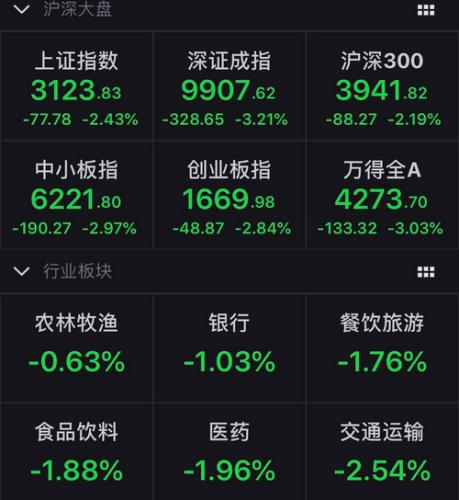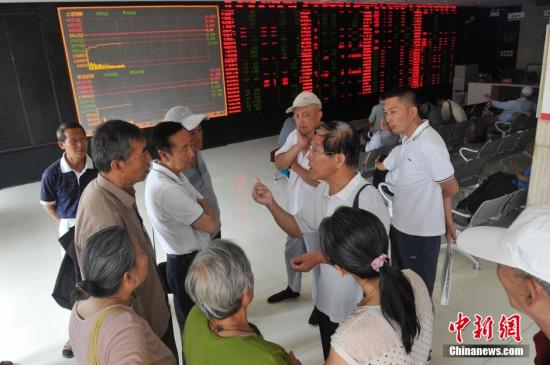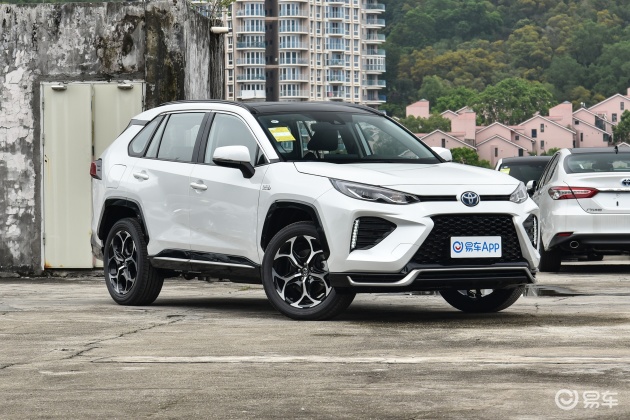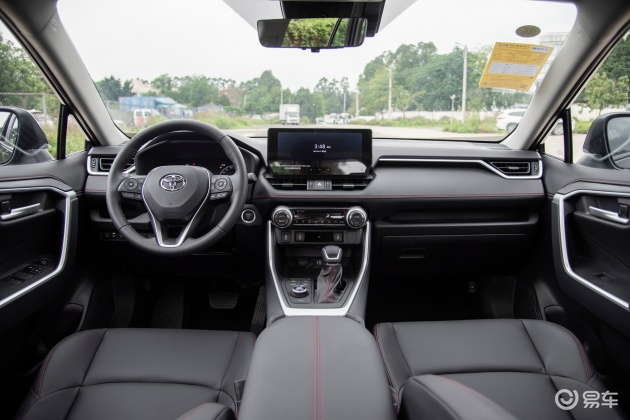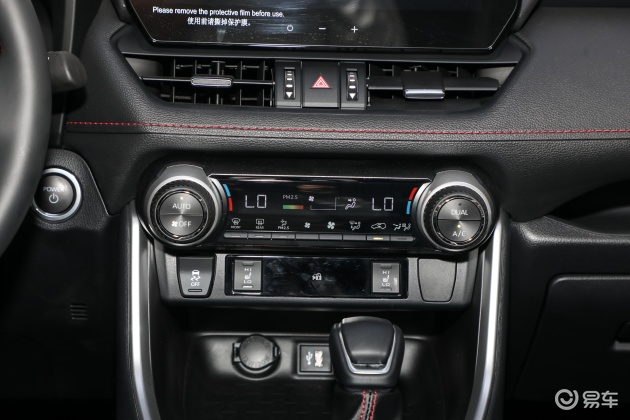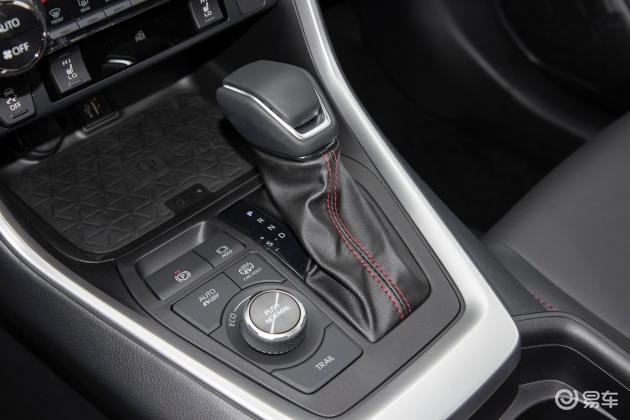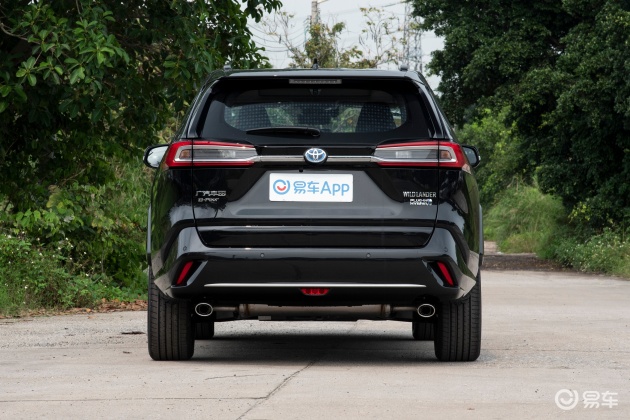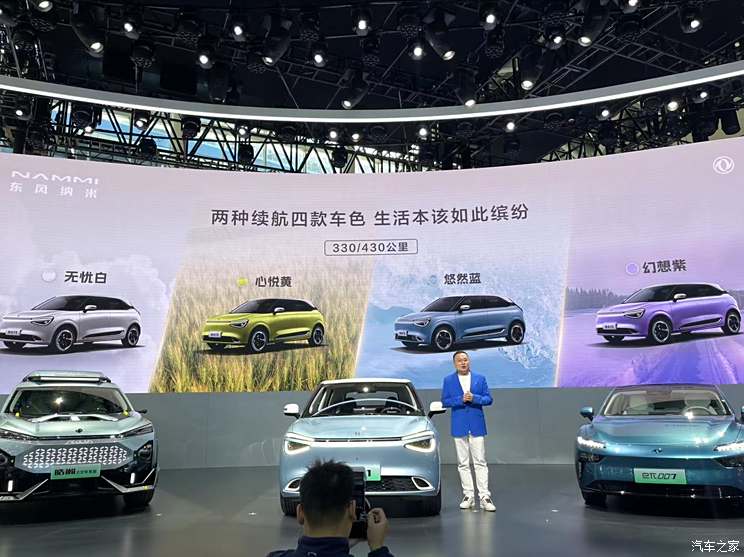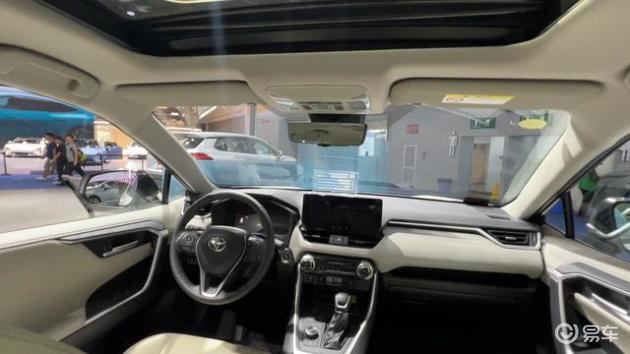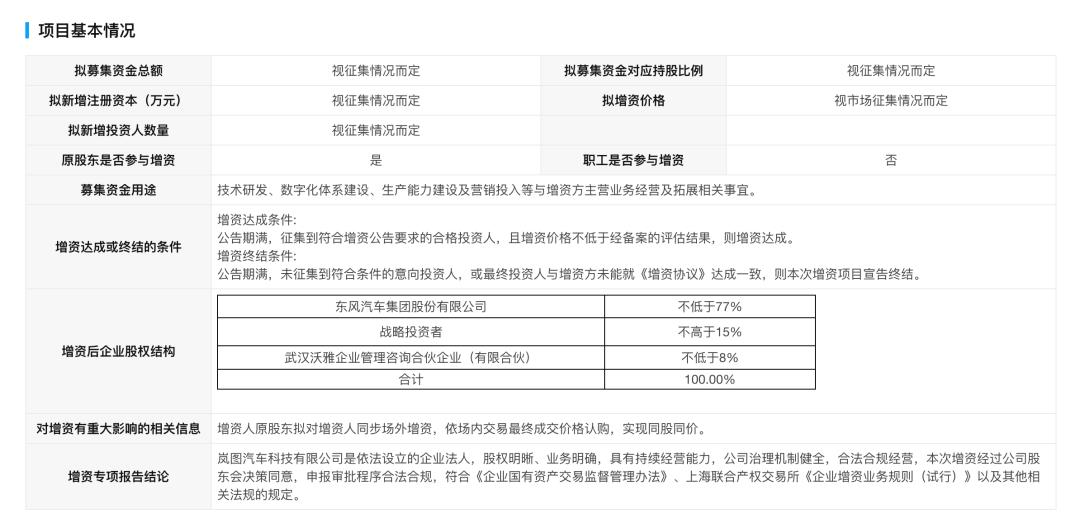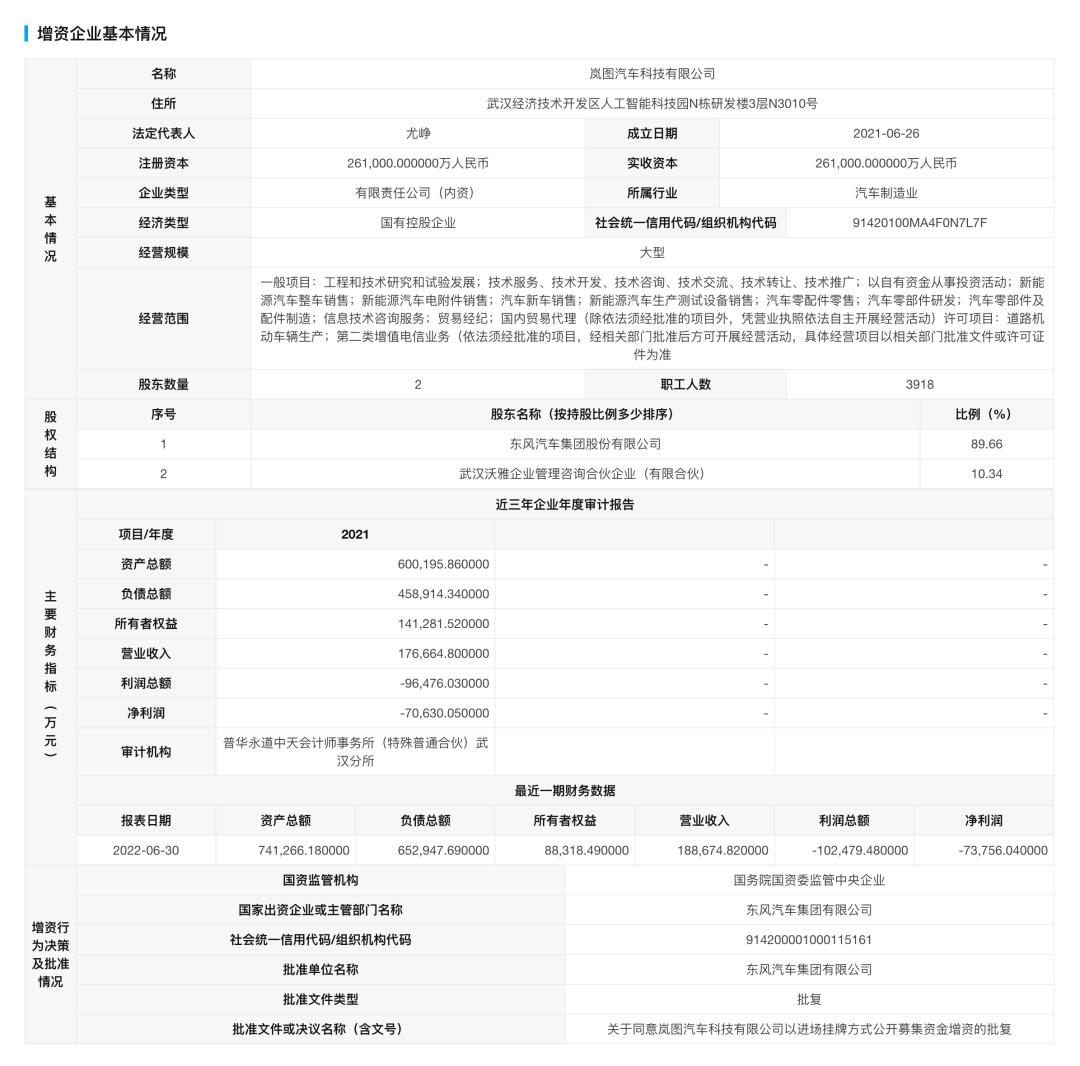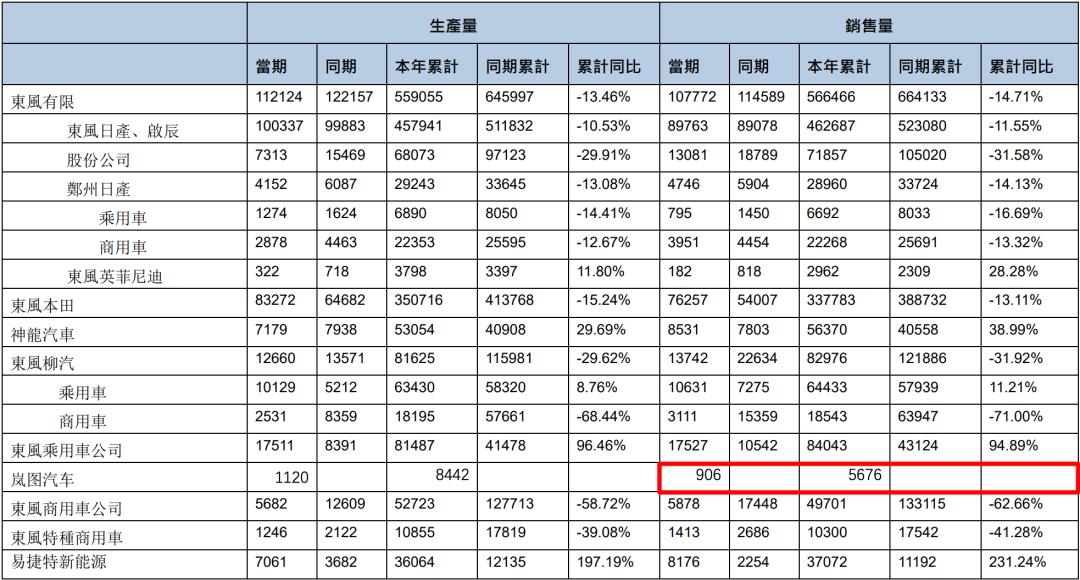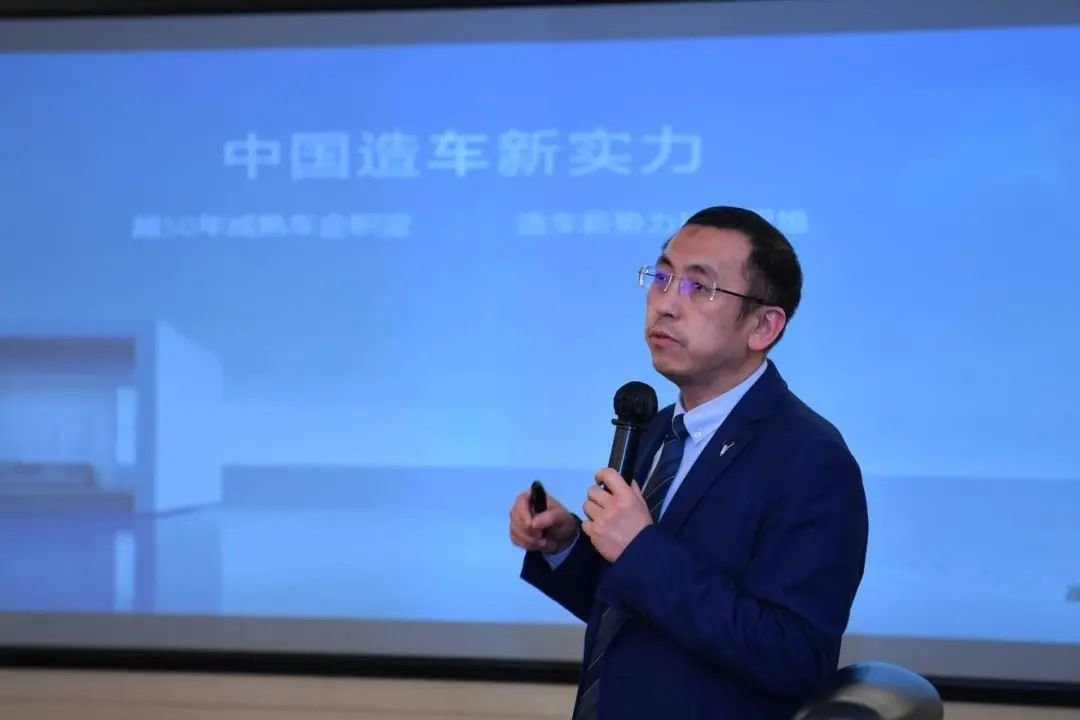On November 10th, the long-awaited Aouita 12 was officially listed. Aouita is a brand jointly built by Changan, Huawei and Contemporary Amperex Technology Co., Limited, so there is no doubt about the car-making technology. After the listing of Aouita 11 (Parameter | Inquiry), the market feedback is that the price is too high and the popularity is not enough, and the sales volume is maintained at 2,000 vehicles per month.
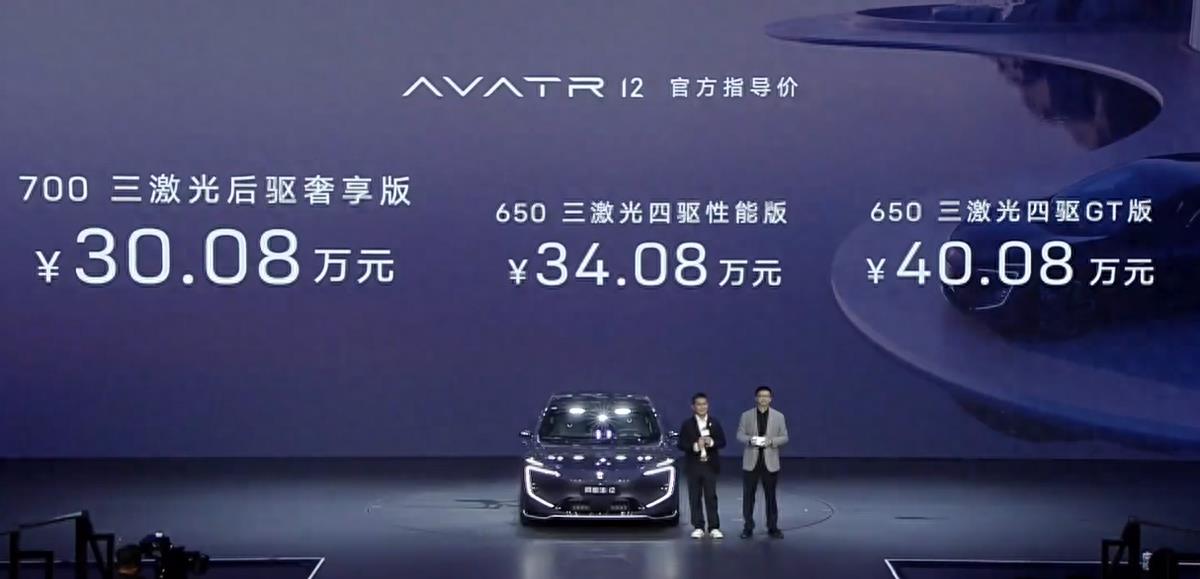
In fact, it is similar to the tonality of Zhiji brand. However, Aouita 12, which was listed this time, did not fight the price war, but continued to maintain its high head. The price of Aouita 12 came to 300,800 ~ 400,800 yuan, and it will be delivered in December.
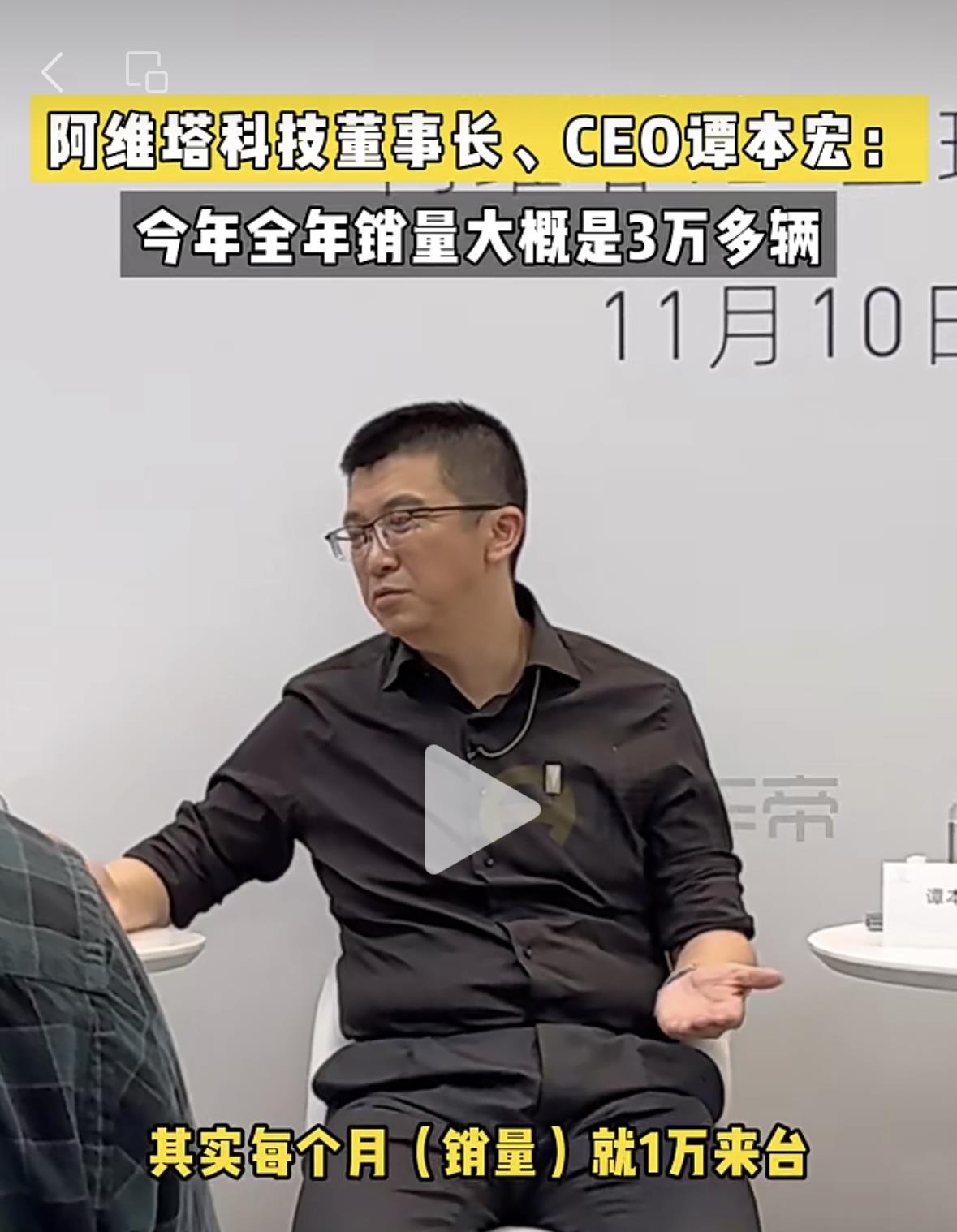
Although the price may be a little expensive, the owner of Aouita 11 still won’t feel that he is a "bitter species", which is much better than that of Zhiji LS6, which has no bottom line. Ceo Tan Benhong, the chairman of Aouita Science and Technology, said that he would not blindly pursue sales, and had planned to sell around 30,000 vehicles a year. He also said that brands that sell more than 10,000 vehicles a month basically don’t need to look at them now, and they have made 5-6 products, averaging around 2,000 vehicles a month.

And at the press conference, many brands were implicitly mentioned: some friends only used top-of-the-line models for marketing, selling more than 300,000 cars, but not equipped with lidar, which increased the price of models containing lidar by tens of thousands, and said that many friends described how powerful their smart driving was, but they launched expensive subscription packages after they didn’t land.
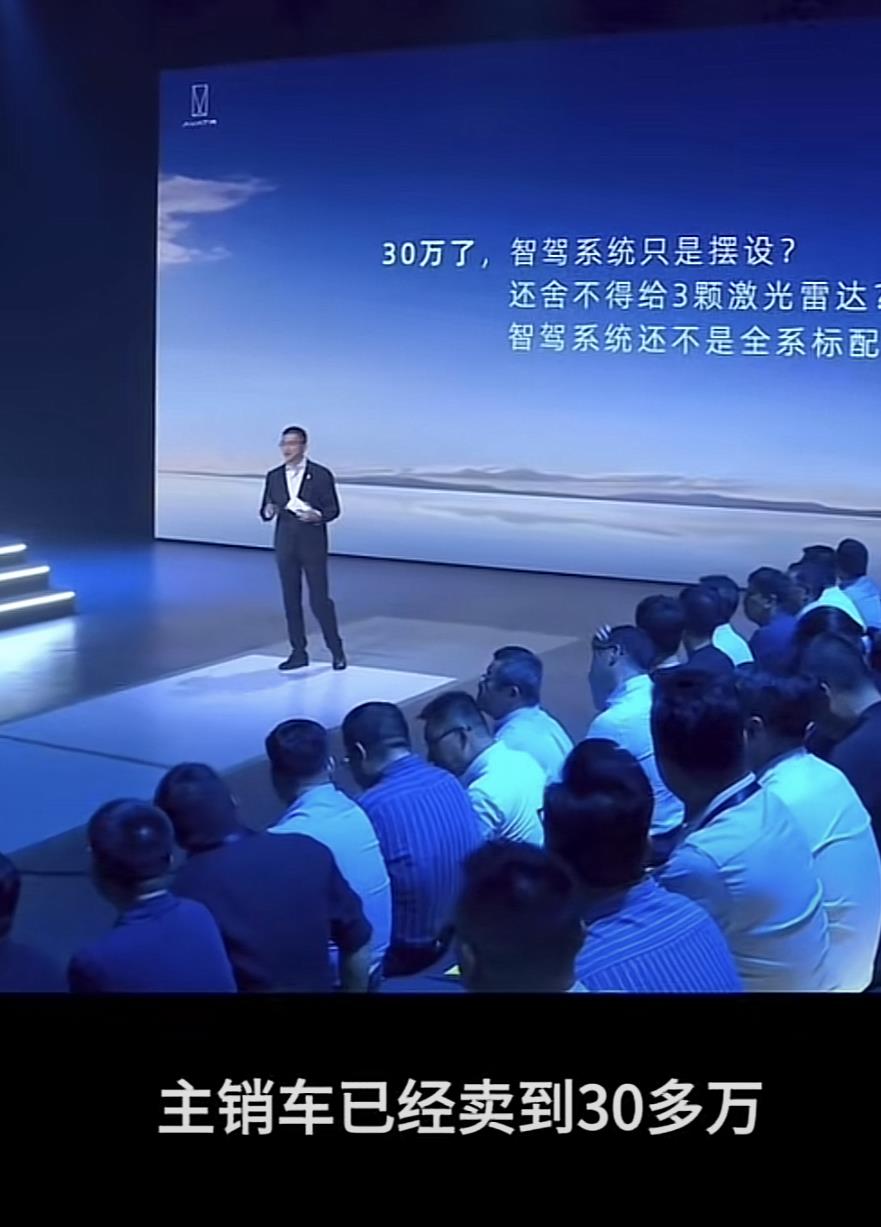
Of course, it may not be convenient for this friend Tan to call the roll, and this probably refers to the three brands of Krypton, Tesla and Wenjie.

At present, Aouita 12 has been listed,Aouita 12 is equipped with Huawei advanced intelligent driving system ADS 2.0. And the whole system comes standard with 29 intelligent driving sensors, including 3 laser radars, 3 millimeter-wave radars, 11 high-definition cameras and 12 ultrasonic radars, which gives the whole vehicle a stronger perception.
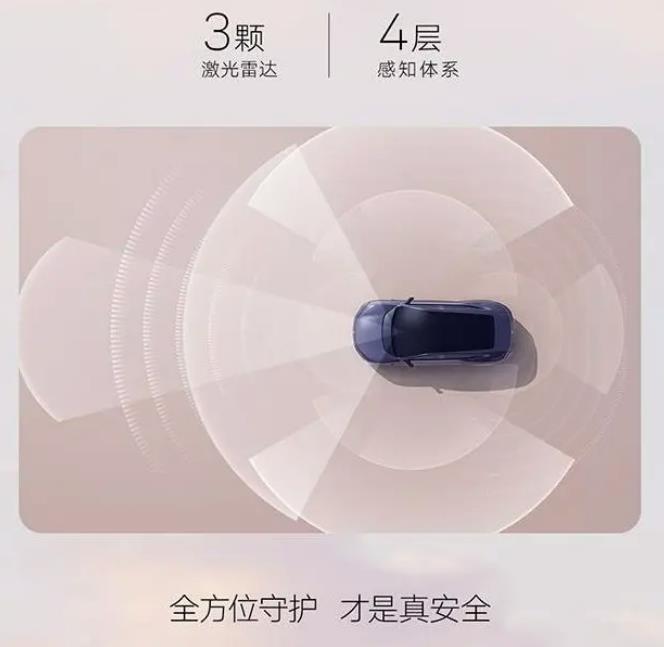
In addition, ADS 2.0 can realize intelligent driving coverage of high-speed, urban and parking scenes, and it is also more suitable for the complicated road traffic scenes in China.
In addition to intelligent driving, Aouita 12 is equipped with a three-spoke multi-function steering wheel with a novel shape. Above the center console, it is equipped with a 35.4-inch 4K panoramic integrated widescreen, in which the left and right sides are the display screens of electronic rearview mirrors, and the floating central control large screen is 15.6 inches. It adopts the design style of embracing cockpit, and the interior technology is quite good.

In terms of body size, Aouita 12 has a body length, width and height of 5020×1999×1460mm and a wheelbase of 3020mm, respectively, and is positioned as a medium and large car.

In terms of power, the two models of Aouita 12 will be equipped with Huawei DriveONE motor system. The maximum power of a single motor of the rear-drive model is 230kW, and the maximum power of the front/rear motors of the dual-motor four-wheel drive model is 195kW and 230kW respectively. The whole system will be equipped with a ternary lithium battery of Contemporary Amperex Technology Co., Limited with a capacity of 94.53kWh. The comprehensive cruising range of the single-motor version is 700km, and the cruising range of the dual-motor four-wheel drive version is 650km.

Of course, after all this talk, we must say whether Aouita 12 is worth starting with. Now Aouita 12 is taking intelligent driving, but in the current environment, L3-level intelligent assisted driving can be made, but it is absolutely not allowed to go on the road. Therefore, it is completely unnecessary to buy a 300,000 Aouita 12 intelligent driver, which is why we say that it is better to buy a 258,000 intelligent S7, which is also equipped with the HarmonyOS 4 intelligent cockpit and ADS 2.0 Huawei advanced intelligent driver assistance system.

If L3-level intelligent assisted driving is allowed to go on the road one day, the intelligent S7 will also carry out OTA upgrade. In a word, if the price is expensive, there is a reason not to buy it.
